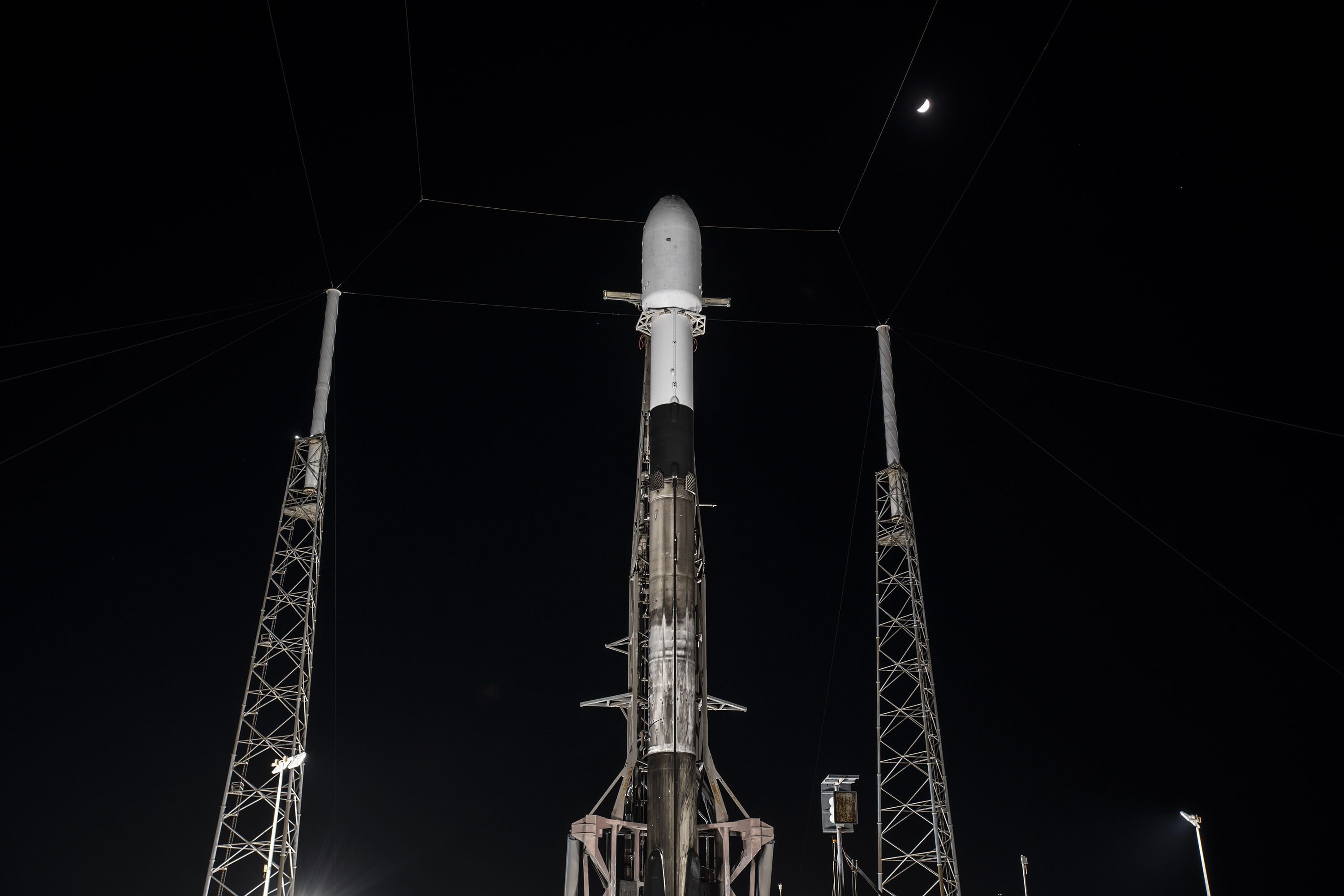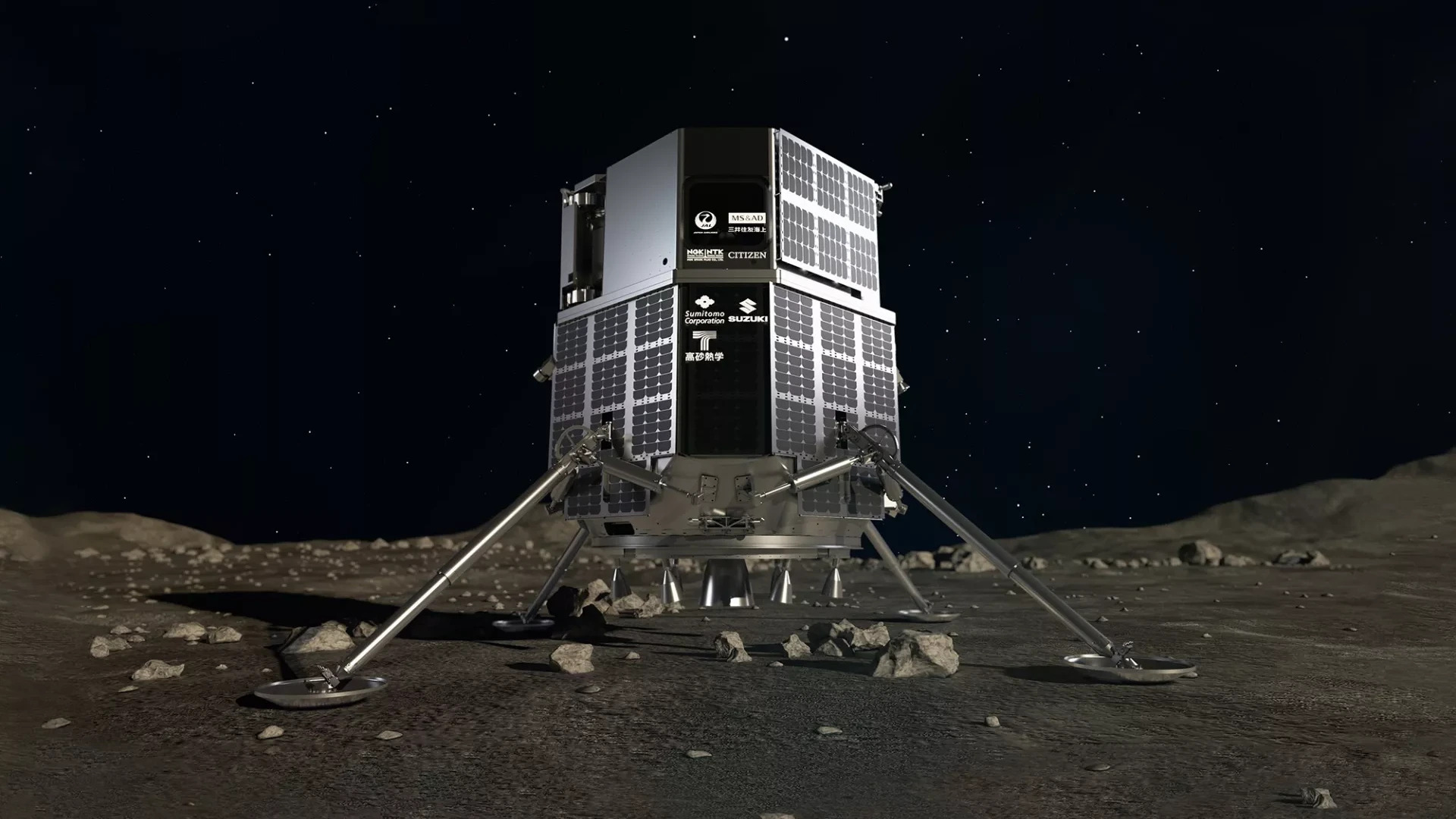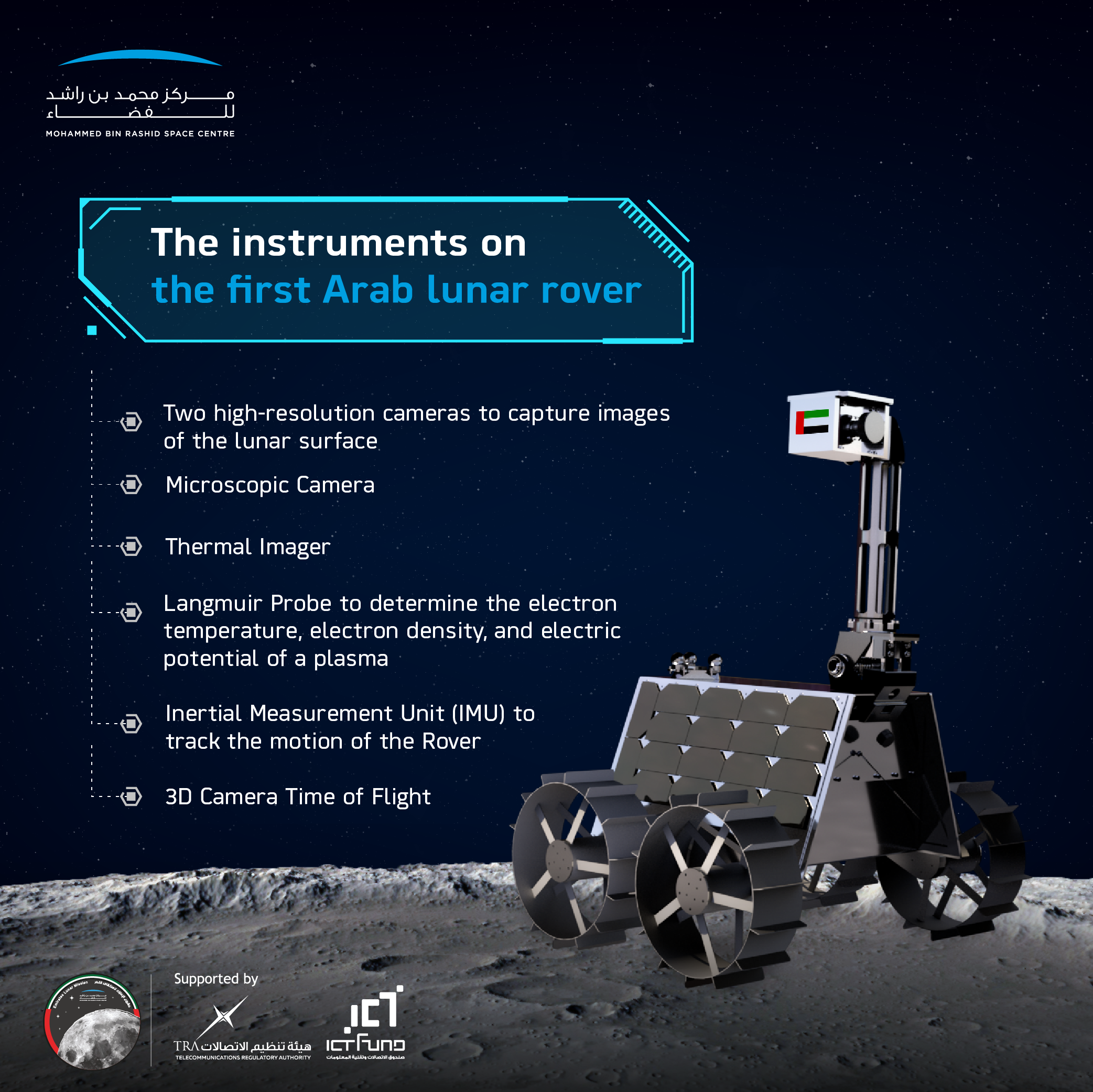
SpaceX just stood down again from the launch of a Japanese moon lander.
The Hakuto-R lander, which was built by Tokyo-based company ispace, and NASA's Lunar Flashlight cubesat were scheduled to launch atop a SpaceX Falcon 9 rocket from Cape Canaveral Space Force Station on Thursday (Dec. 1) at 3:37 a.m. EST (0837 GMT). But that's no longer the plan.
"After further inspections of the launch vehicle and data review, we're standing down from tomorrow's launch of @ispace_inc's HAKUTO-R Mission 1; a new target launch date will be shared once confirmed," SpaceX announced via Twitter on Wednesday evening.
Related: Japanese ispace lander to carry UAE moon rover to lunar surface in 2022
It was the second such delay for the mission: It was originally supposed to launch early Wednesday (Nov. 30), but SpaceX pushed things back a day "to allow for additional pre-flight checkouts."
The Falcon 9 slated to launch ispace's Mission 1 is a veteran of four previous flights. Its first stage previously helped loft the SES-22 communications satellite this past June and three batches of SpaceX's Starlink internet satellites, company representatives wrote in a description of the upcoming moon mission.

Mission 1 is a test flight for ispace, which wants to see how Hakuto-R performs in deep space and on the lunar surface.
Get the Space.com Newsletter
Breaking space news, the latest updates on rocket launches, skywatching events and more!
After liftoff, the lander will embark on a roughly four-month journey to the moon. If Hakuto-R aces its touchdown on Earth's nearest neighbor, it will make history; to date, only the space agencies of the United States, China and the Soviet Union have achieved soft landings on the lunar surface.
A successful touchdown will also allow the United Arab Emirates to make some history of its own; the nation's first moon rover, a 22-pound (10 kilograms) robot named Rashid, will deploy from Hakuto-R and study its environs for about 14 Earth days, if all goes according to plan.

NASA has a stake in the upcoming flight as well. The agency's briefcase-sized Lunar Flashlight is designed to hunt for water ice near the moon's south pole, where NASA plans to build a moon base via its Artemis program.
The cubesat will do its work from lunar orbit, which it will reach after a roughly three-month journey through deep space.
Mike Wall is the author of "Out There" (Grand Central Publishing, 2018; illustrated by Karl Tate), a book about the search for alien life. Follow him on Twitter @michaeldwall. Follow us on Twitter @Spacedotcom or on Facebook.
Join our Space Forums to keep talking space on the latest missions, night sky and more! And if you have a news tip, correction or comment, let us know at: community@space.com.

Michael Wall is a Senior Space Writer with Space.com and joined the team in 2010. He primarily covers exoplanets, spaceflight and military space, but has been known to dabble in the space art beat. His book about the search for alien life, "Out There," was published on Nov. 13, 2018. Before becoming a science writer, Michael worked as a herpetologist and wildlife biologist. He has a Ph.D. in evolutionary biology from the University of Sydney, Australia, a bachelor's degree from the University of Arizona, and a graduate certificate in science writing from the University of California, Santa Cruz. To find out what his latest project is, you can follow Michael on Twitter.









